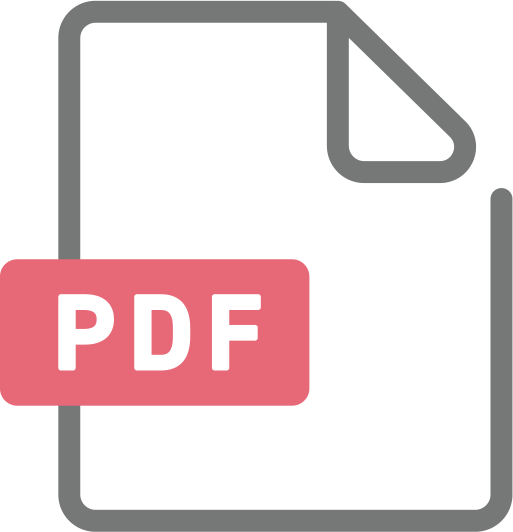Income Receipt, Economic Activities, and Health: Evidence from Ambulance Transport Patterns
著者: 井深陽子、濱秋純哉
発行日: 2024年3月25日
No: DP2024-006
JELコード: H55, H75, I12
言語: 英語
【要旨/ハイライト】
Studies suggest that mortality increases after income receipt. To examine whether the adverse effect of income on health is induced by economic activities and how certain economic activities are related to specific health conditions, we investigate within-month cycles in ambulance transport, utilizing detailed information on the locations of the origin and timing of the transports. Our analysis exploits the difference in the number of patients on the same day between payment and non-payment months, using the Japanese National Pension for the elderly that is distributed bi-monthly. We observe a 4.5% increase in ambulance transports on the day of pension payment, primarily attributed to heightened economic activities such as gambling or amusement, shopping, and dining out. We have suggestive evidence indicating that this increase in transport is linked to a relaxation in liquidity. These findings have implications for healthcare system preparedness and the optimal design of public benefit payment.
Studies suggest that mortality increases after income receipt. To examine whether the adverse effect of income on health is induced by economic activities and how certain economic activities are related to specific health conditions, we investigate within-month cycles in ambulance transport, utilizing detailed information on the locations of the origin and timing of the transports. Our analysis exploits the difference in the number of patients on the same day between payment and non-payment months, using the Japanese National Pension for the elderly that is distributed bi-monthly. We observe a 4.5% increase in ambulance transports on the day of pension payment, primarily attributed to heightened economic activities such as gambling or amusement, shopping, and dining out. We have suggestive evidence indicating that this increase in transport is linked to a relaxation in liquidity. These findings have implications for healthcare system preparedness and the optimal design of public benefit payment.


